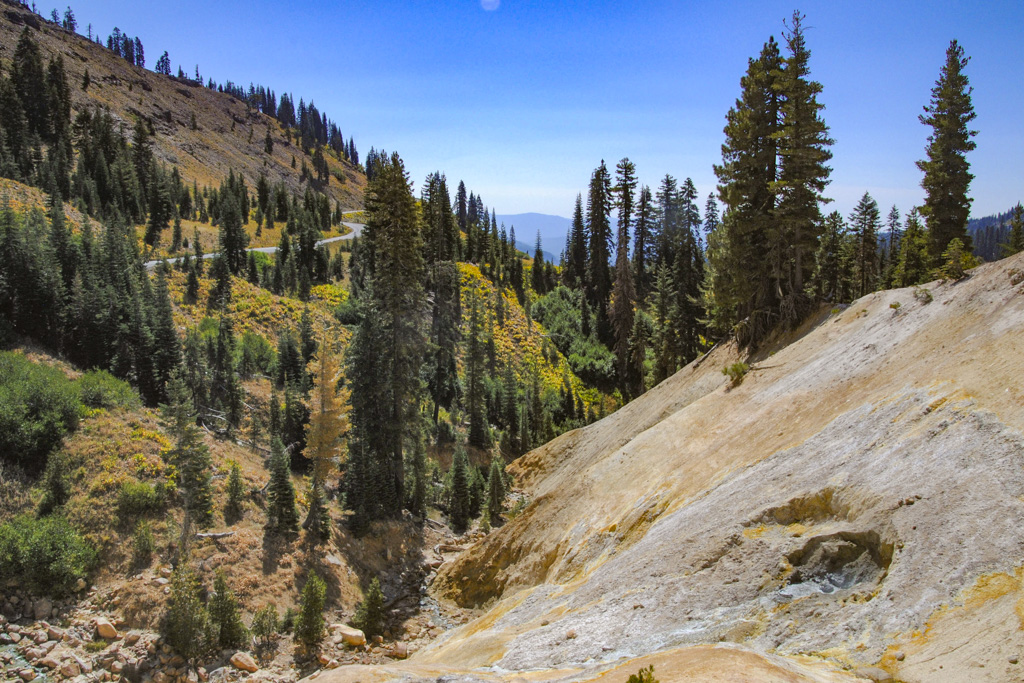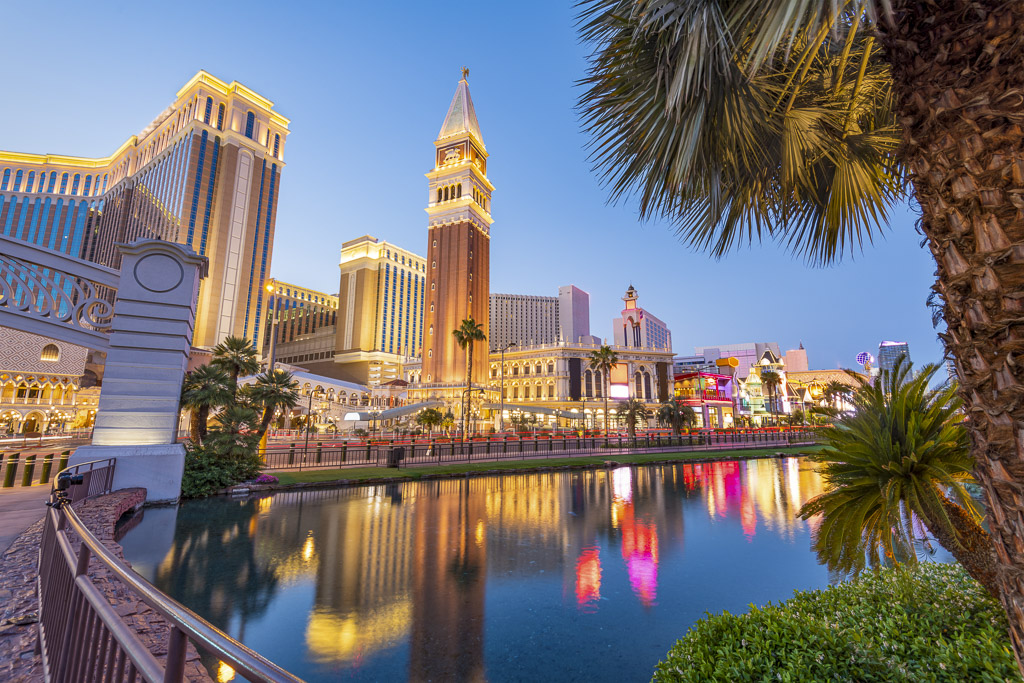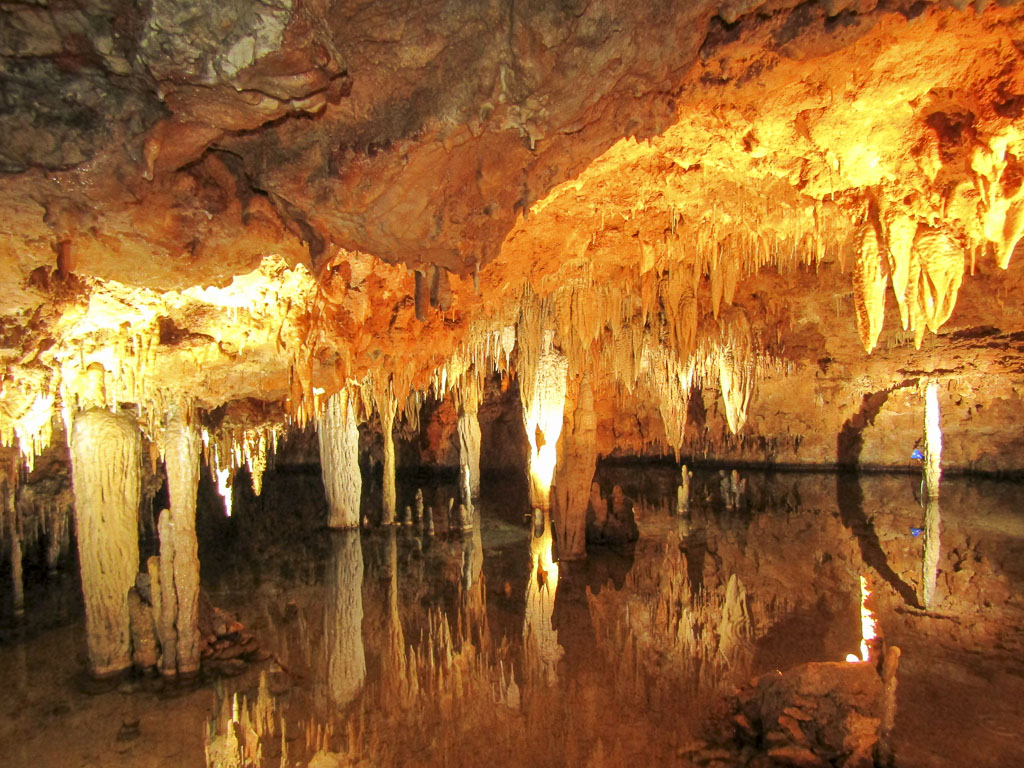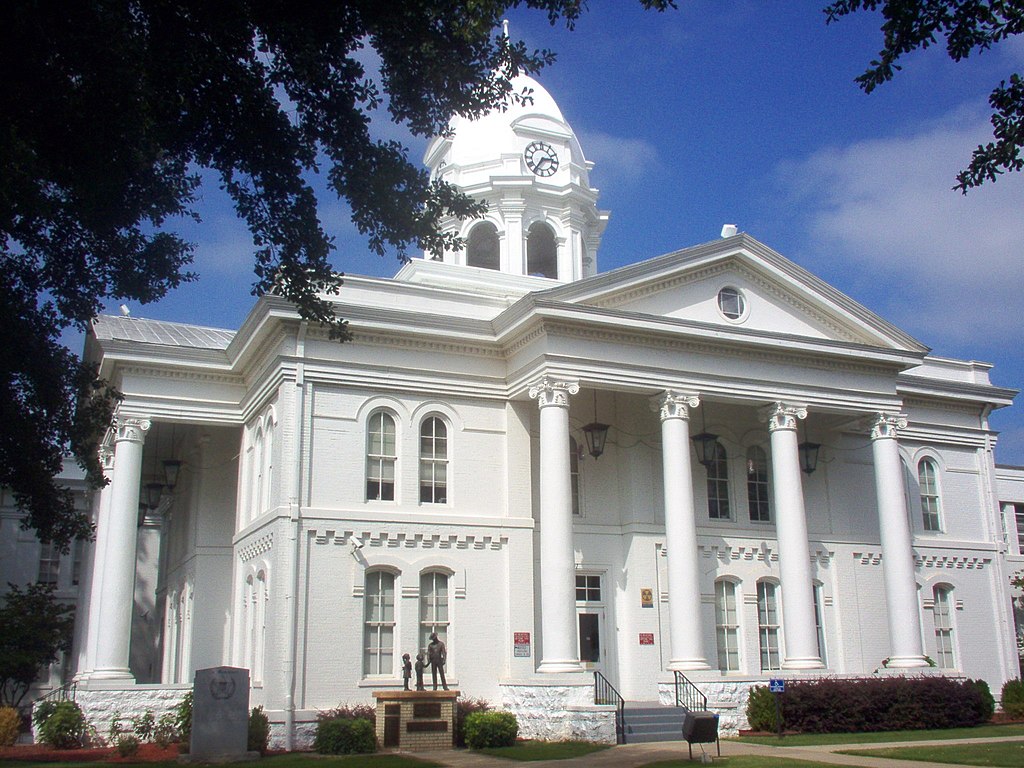Lassen Volcanic National Park is a hidden gem of the National Parks system. Within its 106,000 acres are some diverse landscapes, from towering volcanic mountain peaks to hydrothermal areas. I found Lassen on a list of lesser visited locations that you shouldn’t miss. They couldn’t have been more correct! If you are looking for an awesome national park without big crowds, visiting Lassen National Park should be on your list! So, I put together this Lassen Volcanic National Park trip planner, which includes all the best things to do in Lassen National Park, to help you plan your own Lassen National Park itinerary.
“Nature is ever at work building and pulling down, creating and destroying, keeping everything whirling and flowing … out of one beautiful form into another” – John Muir
The Lassen Volcanic National Park has a surprising breadth of activity offerings, from hiking and climbing mountain peaks, swimming or non-motorized water sports in one of the many glacial lakes, to exploring the steaming mud pots and vents in the park’s hydrothermal areas. I’ll tell you a little more about all of the sights and activities that make visiting Lassen a great plan for a holiday weekend. (If you are in to the hydrothermal parks, you may also want to head to Yellowstone National Park, or if you want a follow up in Northern California, you’ll want to head to the Redwoods Parks.)
By the way, I’m Tori, I’m an Aussie living in the USA, and an avid traveler. I recently took 6 months off work to travel, which started with a 3-month road trip across the US with the express purpose of visiting as many National Parks as possible!
I am about to get into our Lassen Volcanic National Park itinerary, but first, because this is Gypsy With a Day Job, let me tell you a little more about Lassen’s history.
Lassen Volcanic National Park History
Lassen Volcanic National Park contains the southernmost volcano of the Cascade Range, a major mountain range in western North America. You might have heard of some of the more notable volcanoes in the range – Mt. Rainier and Mt. St. Helens? The Cascades are part of the Pacific Ocean’s Ring of Fire, and the volcanoes in these mountain ranges are the only ones in the contiguous US to have erupted in the last 200 years.
Lassen Volcanic National Park was designated as a National Park in 1916. For nine years prior to this, Cinder Cone and Lassen Peak had been designated as two separate national monuments. The park is unique in that it contains all four types of volcanoes within its boundaries – shield, composite, plug dome and cinder cone volcanoes.
One of the most prominent features of the park is Lassen Peak, a dormant volcano, and the largest plug dome volcano in the world. Lassen Peak last erupted in the early 1900’s, and scientists continue to keep a close watch to monitor when the volcano might erupt again.
So, are you ready to visit this unique natural landscape? Do you want to know exactly what there is to do there?
Don’t let your friends be the last to know! PIN this!



If Lassen isn’t quite what you are looking for, you might like some of our other favorite national parks, and you can find out more about them right here:

Tori is an Aussie who now lives in Philadelphia, PA, in the US. She worked for 9 years in the travel industry, and enjoys researching and planning trips as much as she loves the travel itself. Recently she quit her job to travel for 6 months, starting with a road trip across the United States. She is currently on a road trip through New Zealand. You can find more of her adventures at West of Anywhere.

























4 thoughts on “Visiting Lassen Volcanic National Park”
Thank you for the tips, they helped us plan a great trip in Lassen. Cinder Cone and the Subway Cave were the two highlights for us. The drive to Cinder Cone included several miles on a rough dirt road, we were surprised to see such a road through a state park. However, the Subway Cave was a big reward with very little effort and right off the highway near Old Station just come prepared with a couple good flashlights.
I am glad you had a great trip to Lassen, Jennifer. Thank you for the tip on Subway Cave, and flashlights. I am truly a cave lover. Not sure how we missed it, but it looks cool!
Hey FOXYROXYK424,
Thanks. I have learnt so many things about Lassen Volcanic National Park from these post. Simply it is nice & wonderful.